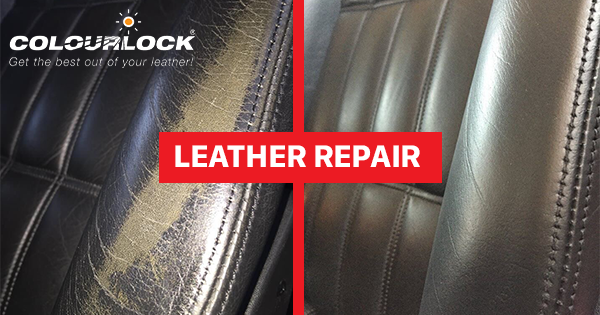Leather has been a feature of car seats and car upholstery for over 100 years. Globalisation and mass production has resulted in the lower cost of leather. Today, customers expect to have leather interiors when paying a premium for a higher spec vehicle. While there has been a lot of negative press about leather, it is also important to note that it is a by product of the meat and dairy industry. If well looked after leather will last a long time and in most cases can be restored to look almost like new contributing to less wastage in comparison to other materials that don’t last as long.
Aniline, Semi – Aniline and Pigmented are the most common types of leather but Pigmented leather and Vinyl (Artificial leather) are the ones used most commonly for car interiors. Rigorous testing processes along with standardised manufacturing has made automotive leather very uniform in appearance – almost always single-coloured, smooth leather. These standard leathers are used in conjunction with other materials like Alcantara.
Automotive leather is one of the easiest forms of leather to clean and maintain, yet it can very easily be damaged if incorrect products and methods are used. Using a pH balanced leather cleaner is crucial in ensuring long life. Aggressive cleaning products can remove the clear coat and thereby damage the colour layer. Dirt stuck in the pores of leather make the seats look shiny. Without the right type of protection, leather can get scuffed especially on high contact areas like the driver seat bolster. Just applying a conditioner or a balm does not stop it.
New leather needs specific products that prevent scuff damage and dye transfer. In the first 3 years, applying a conditioner does not provide any benefit to the surface. They have a heavy layer of colour on them and any care product applied will not penetrate the surface. It does however need protection from surface colour damage, caused by friction. Entry and exit points of driver seats are the most common areas for this type of damage. Getting in and out of the car causes the clear coat and subsequently the colour layer on leather to wear off. Dye transfer from jeans and clothing is also a common issue.
Older leather, (cars older than 3 years) – The vapour permeability of leather is a lot higher than newer leather. However, the use of fats and greases during the manufacturing process improve water resistance of the leather. As the leather gets older and is used more, the pores become open (visible only under a microscope) and the leather becomes more receptive to care products.
Extremely dry and old leather like the ones found in Classic cars need a different care regimen. The needs and requirements of such leather (more than 25 years old) is different.
Years of knowledge and experience of having worked on a huge variety of cars allows us to determine the best cleaning and protection for your car interior. We can also recolour scuffed bolsters, fill and restore cracks that have developed through general wear and carry out SMART repairs to fix issues like key scratches, rips and tears on leather, vinyl and plastic. At PRO Details, we believe in investing in continued training to improve our knowledge base and only use OEM approved products made by www.colourlock.com for all our interior work. A blemish and scratch free exterior is crucial but so is keeping the interior of your car in good condition – it increases the value of your car and provides a more luxurious experience for everyone driving with you.

